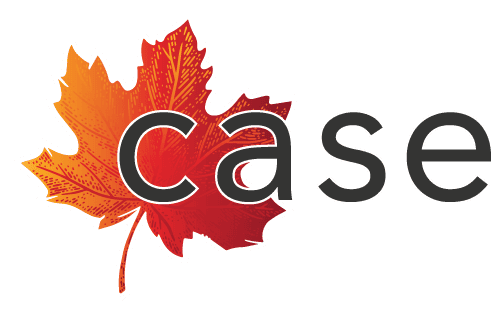6 Tips to Make Your Organization More Accessible
[cs_content][cs_element_section _id=”1″ ][cs_element_layout_row _id=”2″ ][cs_element_layout_column _id=”3″ ][cs_element_headline _id=”4″ ][cs_content_seo]6 Tips to Make Your Organization More Accessible \n\nSubheadline space\n\n[/cs_content_seo][cs_element_text _id=”5″ ][cs_content_seo]Written By: Kim Donaldson, Fable Community Recruitment Manager
As a result of the pandemic, employees are leaving organizations at accelerated rates in what has been coined the ‘Great Resignation’. Employees are looking for more from their employers and increased workplace accessibility is a great opportunity to set your organization apart. There are over a billion people worldwide with disabilities. It’s likely that some of your applicants and existing employees have disabilities, even if they haven’t told you. Accessibility can act as a signal that employee wellbeing is a priority for your organization.
My name is Kim and I’m the Community Recruitment Manager with Fable. Fable supports organizations in making their digital products more accessible and user friendly. We do this by connecting them to people with disabilities who use assistive technologies in their daily lives. Fable provides feedback that supports real changes in the accessibility of digital products. You may recognize the names of some of our customers which include Walmart, Shopify, and Slack.
Increasing accessibility
If your organization is new to thinking about accessibility, it can be easy to get overwhelmed. Below are some ideas to help you take your next steps towards a more accessible workplace.
1. Getting started
There is no one-size-fits-all approach to accessibility. Start small — choose one thing for your organization to begin with. Some examples are providing alt text to your images, ensuring that closed captioning is available for virtual meetings, or asking applicants if they require any accommodations during your hiring process.
2.Make information available for everyone
Communication and information flow are essential in any workplace. It’s important that communication tools within organizations are available for all team members to take part. Consider assessing your current workplace tools, and if they have been selected with accessibility in mind.
3. Employee input
If you don’t know what your employees need – ask them! You may find that you can easily meet accessibility needs with straightforward solutions such as an assistive technology (like a screen reader) or a workstation adjustment. These are one-time costs that help employees work more comfortably and efficiently.
4. Flexible task distribution
At Fable, job tasks are not tied to specific roles. Instead, there is flexibility in how tasks are completed and who is responsible for them. This leverages everyone’s strengths while removing barriers that may affect some team members workflow.
5. Remote first
The pandemic caused many organizations to shift their approach to work from home. This gave us the opportunity to better understand the benefits of remote work. It also highlighted accessibility barriers that prevent some employees with disabilities from fully taking part in an office workplace. Considering the benefits, Fable made the decision to become a remote-first company. This gave employees the power to choose the work environment that is most comfortable for them. This has also allowed Fable to have a broader hiring pool to candidates who otherwise wouldn’t have been within our geographic area.
6. Active consultation
Employees with disabilities are often asked to contribute to diversity initiatives outside of their regular job descriptions. Their knowledge is acquired from lived experiences and can offer invaluable insights. When employees are willing to give their time, it’s important to remember to provide compensation for their subject matter expertise. This can be through bonuses, extra days off, or collaboratively building it into the employee’s job tasks.
Final notes
Accessibility is an ongoing process and is never complete. In addition to evaluating current practices, consider adding accessibility to your evaluation criteria when adopting new processes or tools. Accessibility works best when it is taken into consideration from the start. \n\n[/cs_content_seo][cs_element_text _id=”6″ ][/cs_element_layout_column][/cs_element_layout_row][cs_element_layout_row _id=”7″ ][cs_element_layout_column _id=”8″ ][cs_element_headline _id=”9″ ][cs_content_seo]Subheadline space\n\n[/cs_content_seo][/cs_element_layout_column][/cs_element_layout_row][/cs_element_section][/cs_content]

